Networking Thailand into One “Sharing & Caring” Community
‘JJ’ Jeremy Johanson
Anek Nakabutara, SIF Director
It has been said that every crisis presents an opportunity!
In mid-1997, the Royal Thai Government was aware of the economic and social problems of the time and set upon finding a solution. They started by arranging a loan from the World Bank and the JBIC to support employment creation and the provision of essential services to low-income people, those who were hardest hit.
Of a total $ 450 million in available financing, $120 million went to the creation of the Social Investment Fund (SIF). The SIF was set up under the auspices of the World Bank and administered by the Government Saving Bank through the Social Fund Office (SOFO). It is a temporary agency and was given a life span of 40 months to accomplish its task.
The basic philosophy behind the SIF is not to give away money, but to encourage social reform, supporting communities to develop positively and establish themselves as learning centres.
The idea is to eventually move away from a vertical notion of government, where communities are ordered what to do, to a horizontal notion of government, where communities self-administer themselves looking to governmental institutions only for guidance and support.
The result is self-reliant economic systems, run through multi-party partnership between people and government.
When first established, the SIF furnished support for 4 categories of eligible projects:
– Community Economy
– Community Welfare and Safety
– Natural Resource Management / Environmental Protection & Tourism
– Community Capacity Building and Networking
At first the SIF, itself, had a lot of money but no experience. It soon became a learning institution with amazing capacities to make adjustments in a short period of time.
When it was realized that the most needy were not being reached by the initial SIF plan, within 2-3 months a new “Fifth” project category was organized so that these individuals could receive aid.
This short-term category, Immediate Community Welfare Project for the Needy, gave social assistance directly to individuals through community organization networks. These were to be “revolving” funds, with beneficiaries repaying the community, either in money or by agreeing to help their communities, in turn, in the future. Exceptions were made in some cases, like AIDS patients, who were given outright grants.
The SIF is also remarkable in the way that it has mobilized the aid of volunteer partners from diverse entities of civil society. From the community level, up to the regional level, the organization has attracted more than 2000 volunteer partners.
Transparency is a very important element of the SIF. Participants are able to work and network in an environment of complete trust, knowing that all actions are correct and pure.
If funds have been misused by grantees, the offending parties were immediately thrust into the publics’ eye, using public information and announcements to deter others from abusing these exemplary new initiatives. Using such techniques is highly innovative for institutional organizations. The ultimate goal… humanizing traditional structures.
The SIF emphasizes social process output, which is difficult to quantify. While the initial aim was to use funds during the first year to build quantifiable resources such as structures and technical abilities, the aim of increasing “social capital” as an investment for the future is harder to account for on paper.
When projects are visited, you can feel the social capital being built in Thai society. Wide community participation, leadership and empowerment are evident. Just like the SIF, communities are encouraged to continually learn and grow. It is this very process of bringing people together for a common cause, sharing and caring, that sets the basis for the growth of social capital or “HEART”.
Khun Anek Nakabutara, Executive Director of the SOFO, knows that the answer to the development of society rests on the networking of human people. “Sharing and Caring” for each other is the cornerstone for our future communal growth. The idea is very simple, we all belong to and come from family units. This very idea, when applied towards community building, can lead to society building and country building. When this happens, people are empowered to take care of themselves. We can then move towards a horizontal notion of government.
This is an ongoing learning process where money is only a tool, an investment towards the goal of building social capital.
After 30 months, 2882 projects have been or are being undertaken. The result has been the creation of social capitol throughout 76 provinces, including 1 million people at the grassroots level.
By supporting and strengthening communities, they in turn will be able to network and help other communities in the future. The knowledge that that have received will in turn serve as role models for other communities to stand up and take care of themselves.
The SIF has planted the seeds for new systems of national empowerment. These emerging philosophies include:
– Village fund
– 1 village, 1 product
– Peoples bank
– Social networking
– Farmers debt restructuring
With only 10 months left in the life of the SIF, it is now moving away from granting funds to communities towards focusing on collaboration, partnership, support and learning in all of these above areas.
The good work done by the SIF serves as starting point to be followed-up by the Community Organization Development Institute (CODI) and the Community Development Department (CDD) of the Ministry of Interior, as well as many other governmental divisions.
The SIF will have created a new approach for national, regional and local networks, linking together forming new sharing relationships.
Civic societies are now more visible and getting members to run for office.
The empowerment of small groups to work together in a positive way has shown communities that they can grow as much as THEY want. It is now THEIR responsibility.
Khun Anek hopes people will realize that they should all come together and network, to form sharing and caring partnerships… that this is the power of Thailand.
For the moment, projects such as the SIF are only possible in a country like Thailand. Here, dedicated reformers can wholeheartedly commit themselves. They know that the power of inherent “Jai Di”, deeply imbedded in the roots of Thai culture, can help bring new answers and serve as a model to the world.
.
• Home • 89+ Columns • ‘What Is?’ •
• ThaiWais TV • Why? ThaiWais • About ThaiWais • ’JJ’ •
.
.

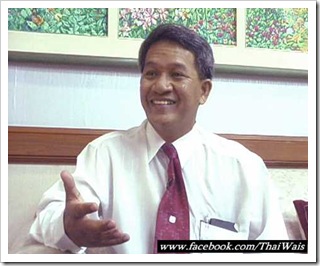
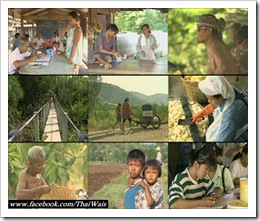
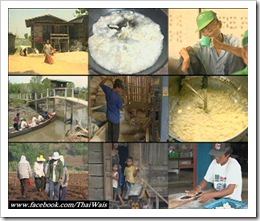
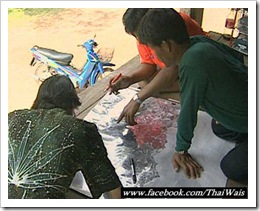
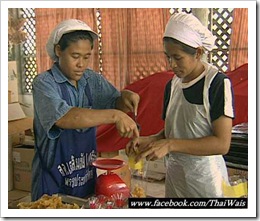
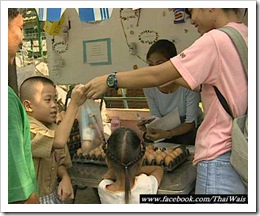
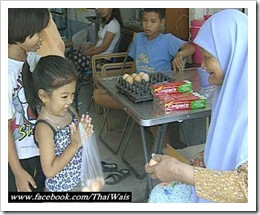
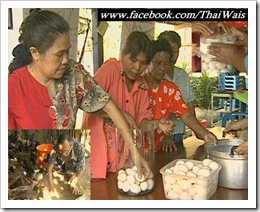
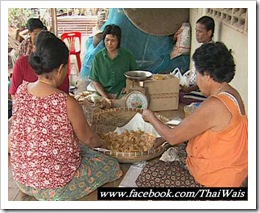
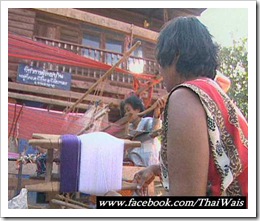
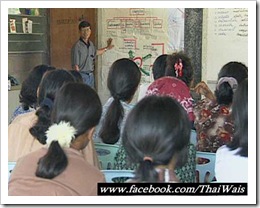
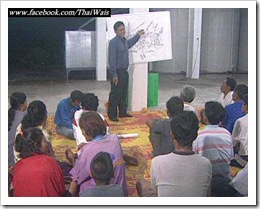



Leave a comment